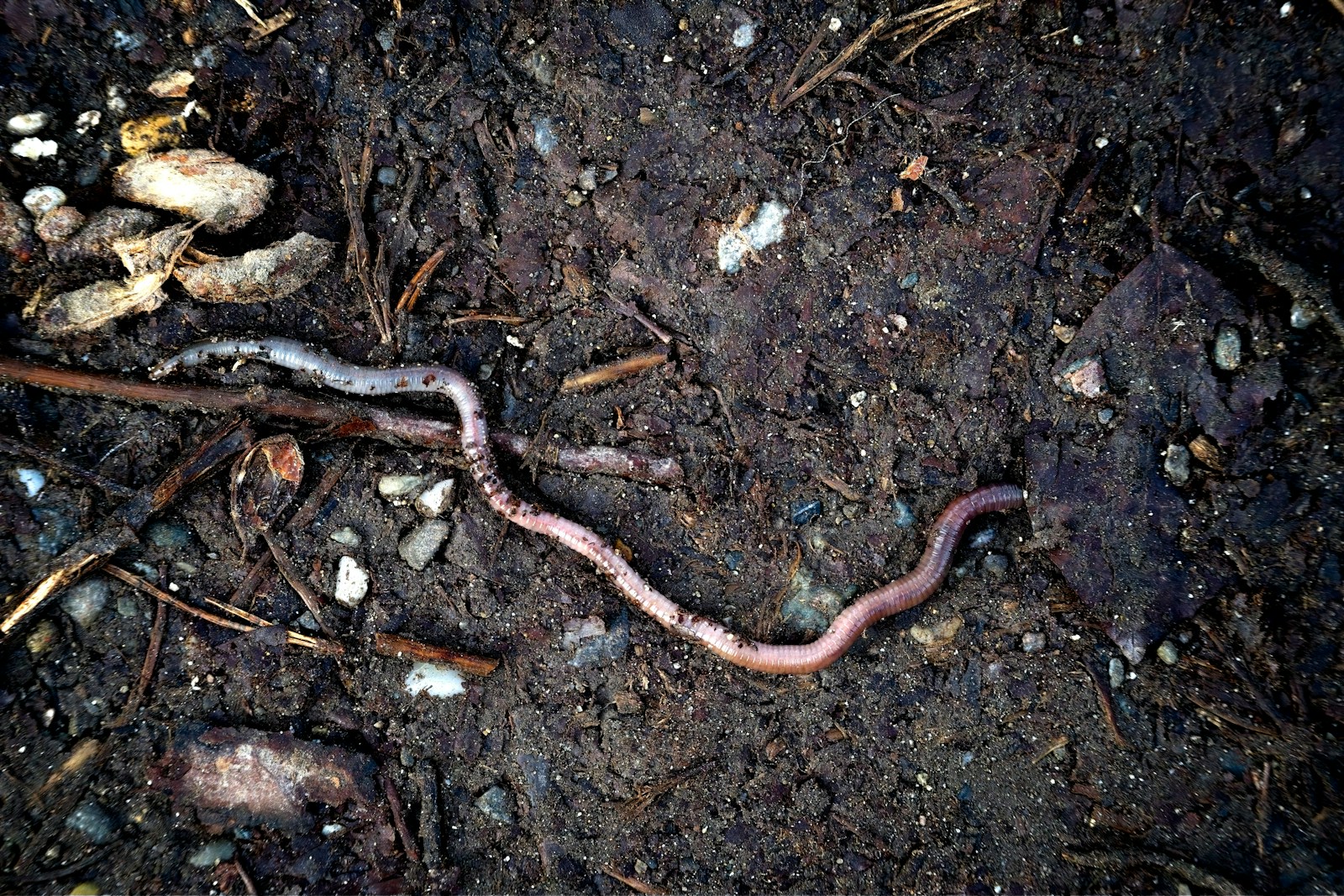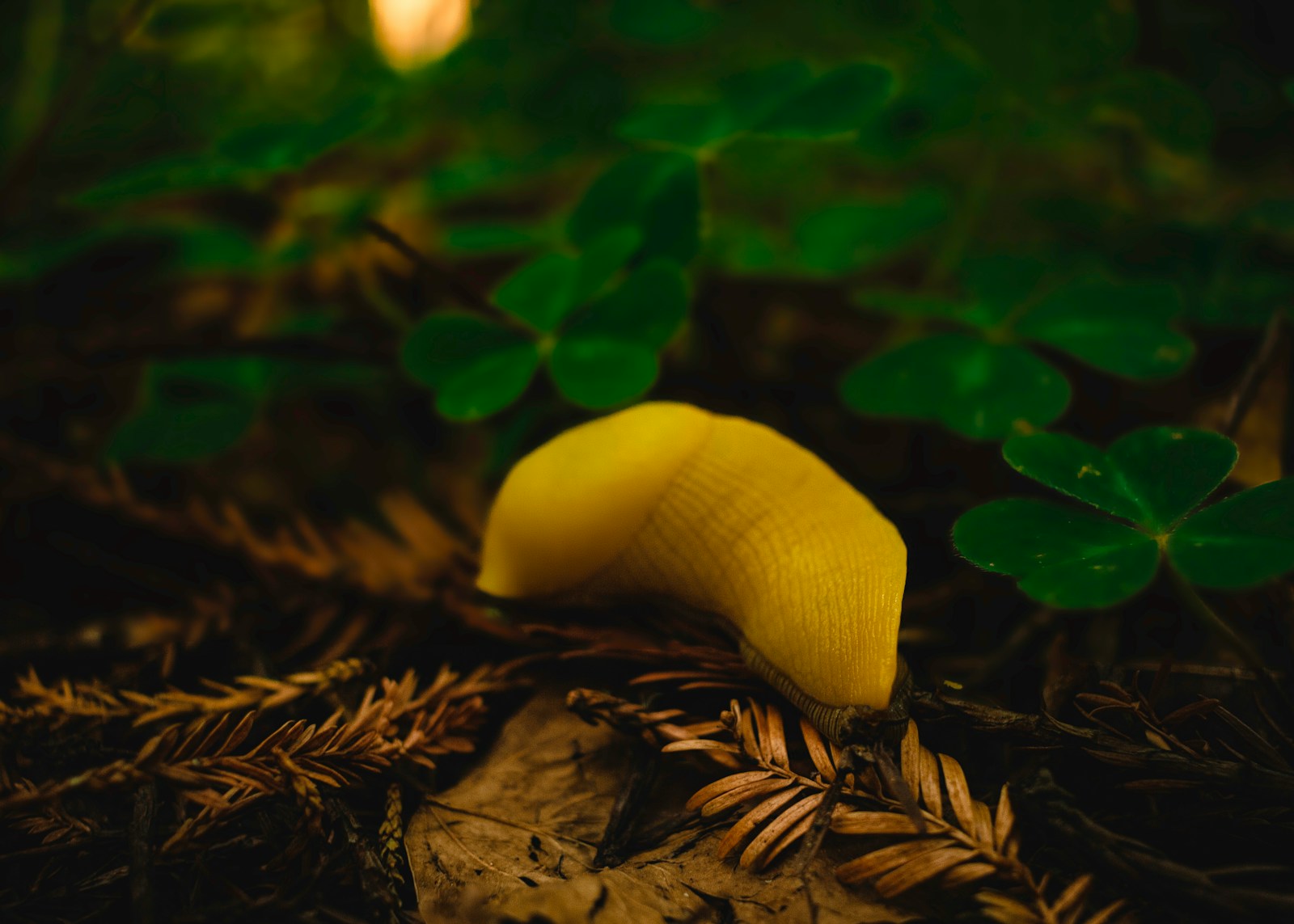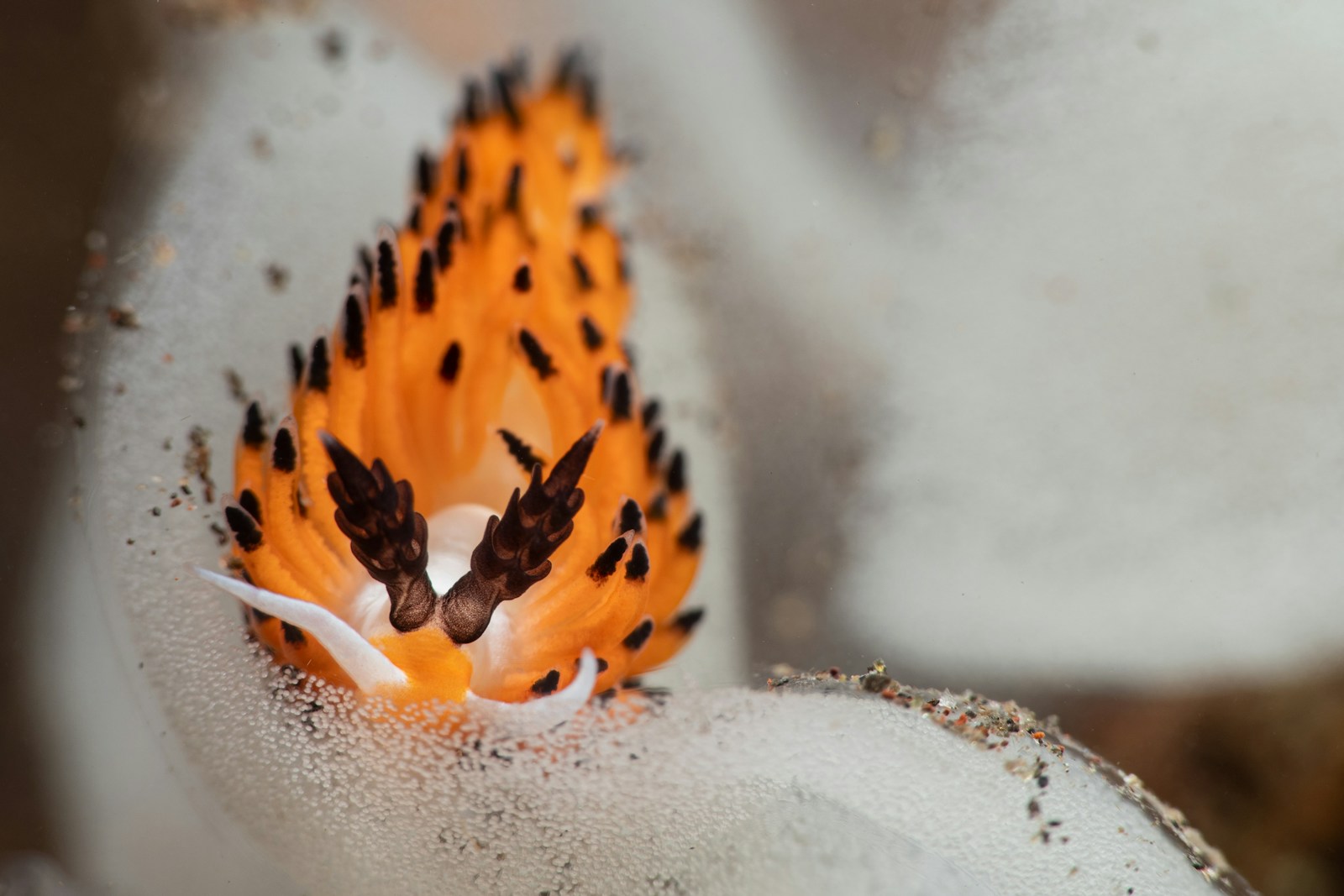Hermaphroditism in nature is a fascinating reproductive strategy where an organism possesses both male and female reproductive organs, allowing it to produce both sperm and eggs. This phenomenon is observed across a diverse range of species, including plants, invertebrates, and some vertebrates. Hermaphroditism can be advantageous in environments where mates are scarce, enabling individuals to mate with any partner they encounter, thus increasing reproductive opportunities. Additionally, this strategy can enhance genetic diversity and adaptability in changing environments. There are various forms of hermaphroditism, including simultaneous hermaphroditism, where both reproductive systems function at the same time, and sequential hermaphroditism, where individuals change sex during their lifetime, often in response to social or environmental cues. In this article we list ten such animals.
Clownfish (Amphiprioninae)

Amphiprioninae, commonly known as clownfish or anemonefish, are a subfamily of fish that thrive in the warm waters of the Indian and Pacific Oceans, including the Great Barrier Reef and Red Sea. These brightly colored fish are well known for their mutualistic relationship with sea anemones, which provide them with protection from predators due to their venomous tentacles. In return, clownfish offer food through waste products and protect the anemones from parasites. This symbiotic relationship is key to their survival, making them a fascinating example of mutualism in marine ecosystems.
Clownfish are also protandrous hermaphrodites, meaning they are born male and have the ability to change to female later in life, typically when the dominant female of the group dies. The social structure is strict, with one female leading a small group of males. Only the largest male will transition to female, while the other males maintain their size hierarchy. Clownfish lay eggs, usually in a nest near their host anemone, and the male plays a key role in protecting and caring for them. Their vibrant orange bodies with white stripes and their unique behaviors, popularized by films like Finding Nemo, have made clownfish an iconic species in both marine biology and pop culture.
Clownfish play a role in promoting biodiversity in coral reefs. Their symbiosis with sea anemones aids in studying marine life interactions, which helps in conservation efforts. Additionally, they are popular in the aquarium trade, providing economic benefits.
Banana Slug (Ariolimax columbianus)
Ariolimax columbianus, commonly known as the Pacific banana slug, is a fascinating species of land mollusk found primarily in the damp, temperate forests of North America’s Pacific Northwest. Characterized by its large size—it can grow up to 25 cm in length—and its striking yellow coloration, which resembles a ripe banana, this slug plays a vital role in forest ecosystems as a decomposer. It feeds on dead plant material, fungi, and other organic matter, helping to recycle nutrients back into the soil, which supports healthy plant growth.
One of the most interesting aspects of the Pacific banana slug is its moisture-dependent behavior. Slugs rely heavily on a moist environment to prevent desiccation, as their bodies are soft and prone to drying out. To move, they secrete a layer of mucus, which reduces friction and protects their bodies from sharp objects. This slime also serves other functions, such as deterring predators by making them difficult to consume.
The banana slug is a hermaphrodite, meaning each individual possesses both male and female reproductive organs, allowing it to mate with any other slug of the same species. This reproductive strategy is especially useful in environments where encounters with others of the same species may be infrequent. Their slow, deliberate movements and ecological importance make them a unique and essential part of their forest habitats.
As decomposers, banana slugs play a crucial role in nutrient cycling. They break down plant matter, enriching the soil. Understanding their biology aids in ecosystem management and biodiversity conservation.
Earthworm (Lumbricus terrestris)
Lumbricus terrestris, commonly known as the common earthworm or nightcrawler, is a species of earthworm native to Europe but now widespread across North America and other parts of the world. These worms play a crucial role in soil health and agriculture by aerating the soil, breaking down organic matter, and improving nutrient cycling. As they burrow through the soil, they create channels that allow air and water to penetrate deeper into the ground, benefiting plant roots and promoting microbial activity. Their castings, or excretions, are rich in nutrients like nitrogen, phosphorus, and potassium, making them a natural fertilizer for plants.
Earthworms like Lumbricus terrestris are hermaphrodites, meaning they have both male and female reproductive organs, but they still require a partner to mate. During mating, two worms exchange sperm, and each produces a cocoon of eggs afterward. These worms are often found in moist, loamy soils where they can burrow easily and access decaying organic material, their primary food source.
One of the key behaviors of Lumbricus terrestris is its nocturnal surface activity. They often come out at night to feed on decaying leaves and other organic matter. Despite their simple appearance, earthworms are vital to ecosystems, contributing to soil structure, fertility, and overall environmental health.
Earthworms aerate the soil and promote nutrient cycling, improving soil fertility. Their activity supports sustainable agriculture, reducing the need for chemical fertilizers.
Blackworms (Lumbriculus variegatus)

Lumbriculus variegatus, commonly known as the blackworm or California blackworm, is a small aquatic oligochaete worm found primarily in freshwater habitats across North America and Europe. These worms typically inhabit the sediments of ponds, lakes, and slow-moving streams, where they play an essential role in the ecosystem by consuming organic matter and contributing to nutrient recycling. Their burrowing activities help oxygenate the sediment and improve water quality by breaking down decaying plant and animal material.
One of the most fascinating traits of Lumbriculus variegatus is its remarkable regenerative ability. If cut into pieces, each segment of the worm has the capacity to regenerate into a complete individual, making it a model organism for scientific studies on regeneration and developmental biology. This characteristic, coupled with its transparent body, allows researchers to observe its internal processes, such as blood flow, making it a popular species for laboratory studies in environmental toxicology and physiology.
Lumbriculus variegatus exhibits unique behavioral traits as well. It uses rhythmic contractions of its body to move through the sediment, and when disturbed, it often performs rapid escape responses, a behavior known as “whipping.” This species primarily feeds by ingesting detritus and small microorganisms, contributing to the decomposition process and playing a crucial role in maintaining the health of aquatic ecosystems.
Their ability to regenerate tissue makes them important in biomedical research. They are also used in environmental monitoring because they are sensitive to pollution.
Flatworms (Platyhelminthes)

Flatworms are studied for their regenerative abilities, which offer insights into wound healing and stem cell research. Some species are parasitic, and understanding their life cycles helps in controlling diseases they cause.
Leopard Slug (Limax maximus)
Limax maximus, commonly known as the leopard slug or great grey slug, is a large terrestrial gastropod native to Europe but now widely distributed in other parts of the world, including North America and Australia. This slug is known for its distinctive, spotted or striped pattern, which resembles that of a leopard, hence its name. Limax maximus prefers moist, shaded environments such as gardens, forests, and areas with abundant decaying plant material, where it plays an important ecological role as a decomposer.
Unlike many other slugs, Limax maximus is omnivorous, feeding not only on decaying organic matter but also on fungi, algae, and even other slugs. This diverse diet helps in the breakdown and recycling of nutrients in ecosystems. It is particularly important in controlling fungal growth and the decay of organic material, making it a beneficial species for gardeners despite its sometimes destructive tendencies toward crops.
One of the most remarkable features of Limax maximus is its unique mating behavior. The slugs engage in a suspended, aerial mating ritual where they hang from a thread of mucus, intertwining their bodies in a slow, spiraling dance. This behavior has intrigued scientists and nature enthusiasts alike. As hermaphrodites, each slug possesses both male and female reproductive organs, allowing them to exchange sperm during this ritual. Their adaptability and fascinating behaviors make them an intriguing subject in both ecological and biological studies.
Leopard slugs are important decomposers, helping recycle nutrients in ecosystems. They are also used in research on reproductive behaviors in hermaphroditic species.
Sponges (Porifera)
Porifera, commonly known as sponges, represent one of the most primitive groups of multicellular animals. Found primarily in marine environments, though some species inhabit freshwater, sponges are simple organisms that lack true tissues and organs. Their bodies are porous, composed of a system of channels and chambers that allow water to circulate through them. This unique structure enables sponges to filter feed, drawing in water through tiny openings called ostia, trapping nutrients like plankton and organic particles, and expelling the water through a larger opening called the osculum.
Sponges play a critical role in marine ecosystems, acting as natural water filters and helping to maintain water clarity and nutrient cycling. Some species also have symbiotic relationships with microorganisms, such as algae, which live within their tissues and provide them with additional nutrients through photosynthesis.
Despite their simple appearance, sponges exhibit remarkable diversity in shape, size, and structure, with some forming intricate, colorful colonies on coral reefs. Their ability to regenerate lost parts also makes them unique among animals. Sponges are also of interest in medical research due to the bioactive compounds they produce, which have been found to possess antibacterial, antiviral, and anti-cancer properties. As some of the oldest known animals, Porifera offer valuable insights into the evolution of multicellular life.
Sponges have been harvested for cleaning purposes for centuries. They also produce bioactive compounds that are valuable in medical research, particularly for developing antibiotics and cancer treatments.
Garden Snail (Cornu aspersum)
Cornu aspersum, commonly known as the garden snail or brown garden snail, is a species of terrestrial mollusk native to the Mediterranean region but now found in many parts of the world due to human introduction. Recognizable by its coiled, yellowish-brown shell marked with dark spiraling bands, Cornu aspersum thrives in temperate climates, especially in gardens, forests, and agricultural areas where it feeds on a wide range of plant material, including leaves, stems, and fruits. This feeding behavior makes it both a common pest in agriculture and a familiar garden inhabitant.
Garden snails are slow-moving, using a muscular foot to glide along on a layer of mucus, which helps reduce friction and protect their soft bodies from rough surfaces. Like other gastropods, Cornu aspersum is a hermaphrodite, possessing both male and female reproductive organs. During mating, which involves an elaborate courtship, two snails exchange sperm to fertilize their eggs, which they then lay in moist soil.
In addition to their role in ecosystems as herbivores and decomposers, garden snails are also significant in culinary traditions, particularly in Mediterranean cuisine, where they are consumed as escargot. Despite being viewed as pests, they contribute to nutrient cycling and soil health in their natural habitats, playing a subtle but important role in their ecosystems.
Garden snails play a role in organic waste decomposition and soil health. In some cultures, they are considered a delicacy and are farmed for consumption.
Sea Hares (Aplysiidae)
Aplysiidae, commonly known as sea hares, are a family of large marine gastropod mollusks found in oceans worldwide, particularly in shallow coastal waters. These soft-bodied creatures are named for their hare-like appearance, with two long tentacles resembling rabbit ears. Aplysiidae are herbivorous, feeding primarily on algae and seaweed, which they graze using their radula, a toothed, ribbon-like structure. Their diet often influences their coloration, which can range from green to brown or red, helping them blend into their surroundings and avoid predators.
One of the most notable features of sea hares is their ability to release a cloud of purple or reddish ink when threatened. This defense mechanism, similar to that of octopuses, helps confuse predators and gives the sea hare a chance to escape. The ink contains chemicals that may also disrupt a predator’s sense of smell, further enhancing the sea hare’s defense.
Sea hares are hermaphrodites, possessing both male and female reproductive organs. They often form long mating chains, where individuals act simultaneously as both males and females, passing sperm down the line. Aplysiidae are also of interest in neurobiological research due to their relatively simple and large nervous systems, making them model organisms for studying learning and memory in animals. Their fascinating biology and behavior make them unique contributors to marine ecosystems.
Sea hares are used in neuroscience research due to their large, easily studied neurons. Their ink is also studied for its potential use in natural dyes and medicines.
Nudibranchs (Nudibranchia)
Nudibranchia, commonly known as nudibranchs or sea slugs, are a diverse and visually stunning group of soft-bodied marine gastropods. Found in oceans worldwide, from shallow tropical reefs to the deep sea, nudibranchs are renowned for their vibrant colors and intricate patterns, making them some of the most beautiful creatures in the marine environment. These colors often serve as warnings to potential predators, signaling the presence of toxins or unpleasant taste, a defense mechanism many nudibranchs acquire from their prey, such as sponges, hydroids, or anemones.
Unlike other mollusks, nudibranchs do not have a protective shell in their adult form. Instead, they rely on their toxic defenses, camouflage, or mimicry to avoid predators. Their name, Nudibranchia, means “naked gills,” which refers to the external gill structures found on many species. These feathery gills are visible on their backs and are used for respiration.
Nudibranchs exhibit a fascinating range of feeding behaviors. Some species consume prey with potent toxins and incorporate these defenses into their own tissues, while others feed on photosynthetic organisms like algae and retain the chloroplasts, enabling them to use sunlight to produce energy.
Known for their diverse forms, vibrant appearance, and remarkable adaptations, nudibranchs contribute to the biodiversity and complexity of marine ecosystems, while also captivating marine biologists and underwater photographers alike.
Nudibranchs are studied for their vibrant coloration, which often indicates toxicity. These toxins are researched for potential use in medicine, particularly for cancer treatments and pain relief.














